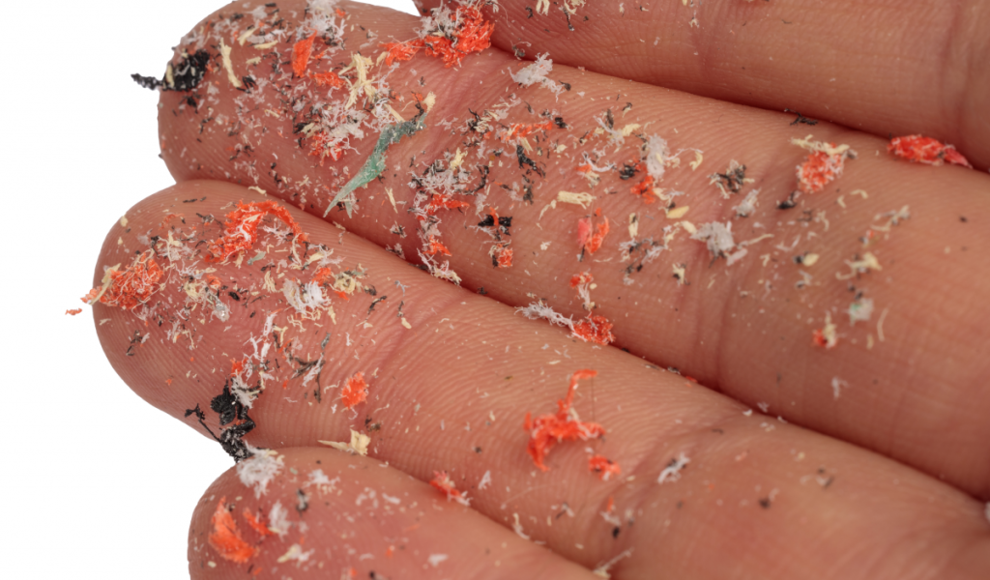Styropor, a common plastic material used in disposable cutlery and packaging, can break down into nanoplastics that may disrupt the brain’s cellular waste disposal system and increase the risk of Parkinson’s disease, according to a study published in the journal Science Advances. Parkinson’s is one of the most prevalent neurodegenerative diseases worldwide, and experts predict that the number of affected individuals will double by 2030. While environmental factors may play a crucial role in the development of Parkinson’s, the exact causes of the disease remain unclear.
Recent studies have suggested that micro- and nanoplastics may contribute to the development of various illnesses, but there has been no concrete evidence linking these tiny plastic particles to Parkinson’s disease until now. Researchers at Duke University found that polystyrene, a type of plastic commonly used in packaging and known as Styrofoam, can bind with alpha-synuclein, a protein found in nerve cells that can accumulate abnormally and lead to Parkinson’s and other neurodegenerative diseases. The researchers discovered that nanoplastics, which are smaller than a micrometer, can enter nerve cells and disrupt the function of lysosomes, organelles that contain digestive enzymes and are responsible for breaking down and recycling biomolecules. This disruption can lead to the accumulation of toxic waste in the cells and increase the risk of Parkinson’s disease.
The study’s authors warn that micro- and nanoplastics pose a new toxicological threat to human health, particularly as these pollutants become increasingly concentrated in water and food sources. While more research is needed to fully understand the link between plastic pollution and Parkinson’s disease, the study highlights the urgent need to address the growing problem of plastic waste and its impact on human health.










